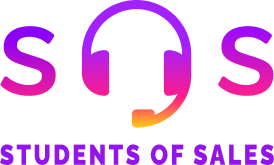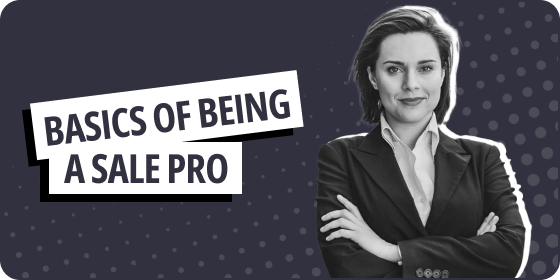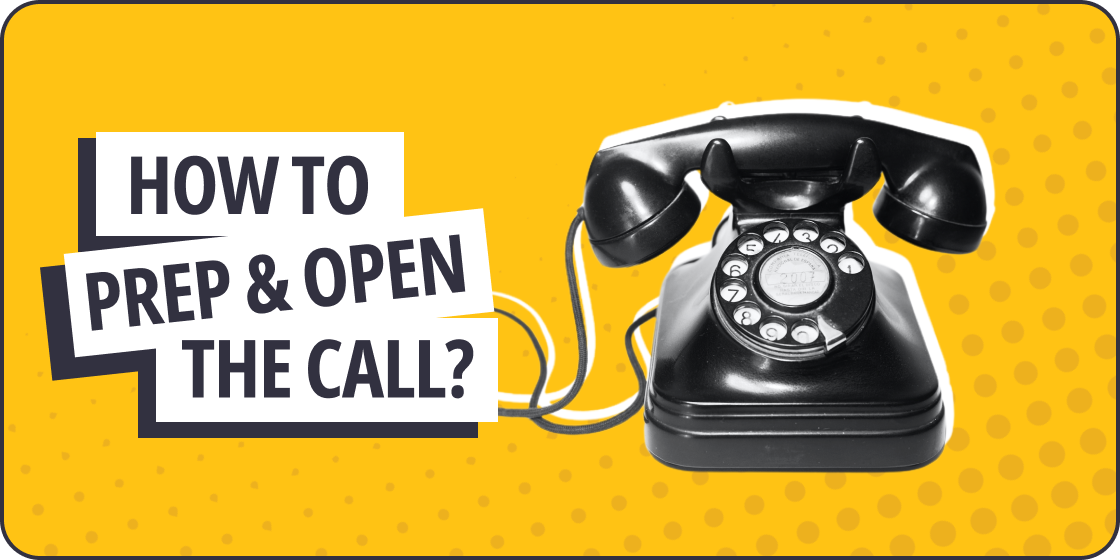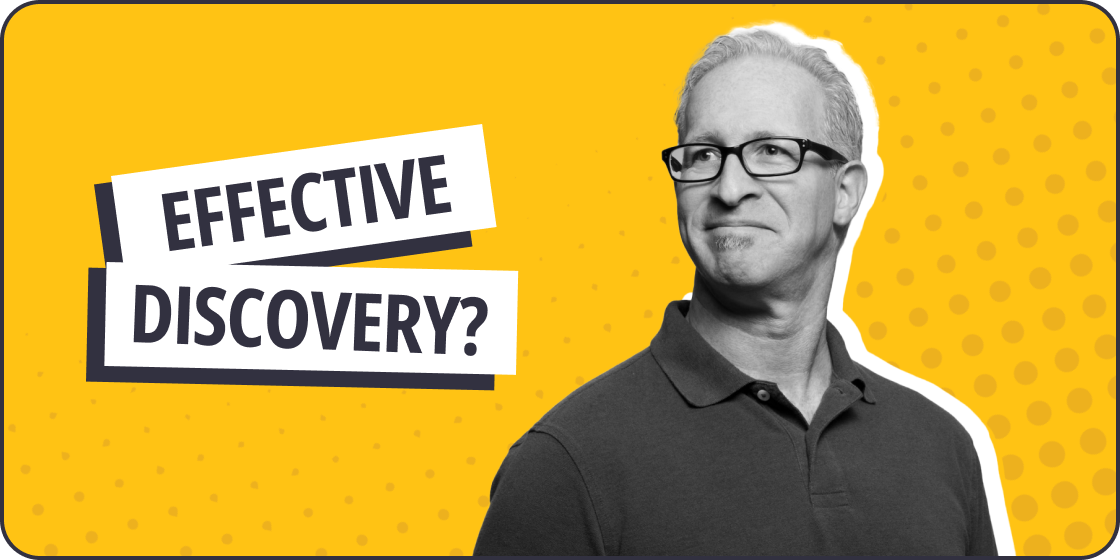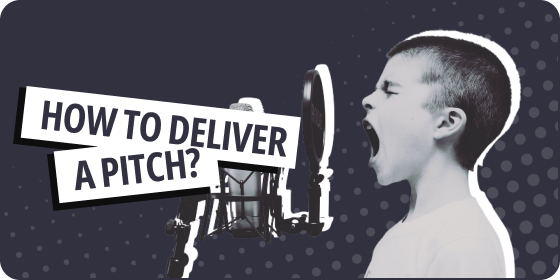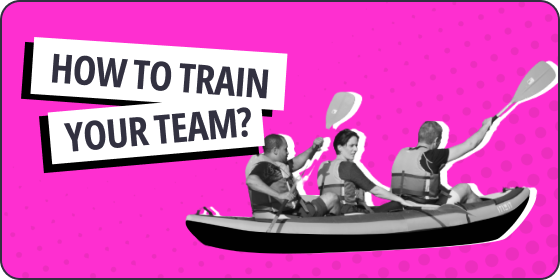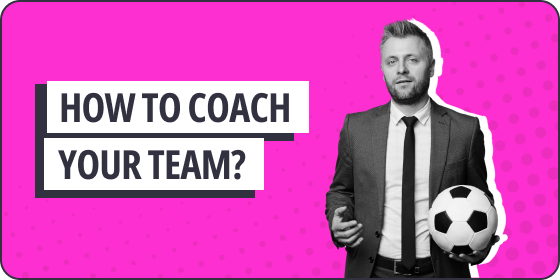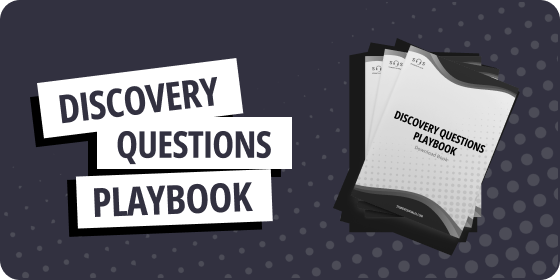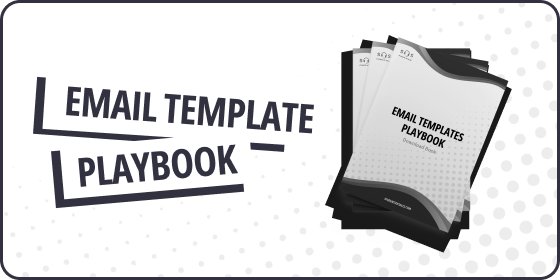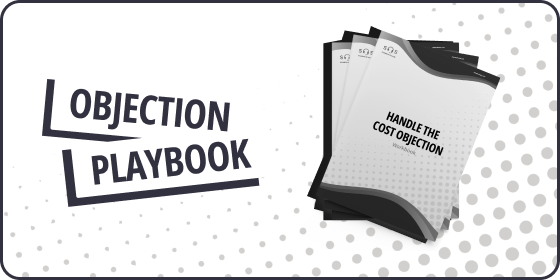Features vs. Benefits

Features vs Benefits: What’s the Difference?
As a salesperson, it’s important to understand the difference between features and benefits. While they may seem similar, they actually serve very different purposes in the sales process. Understanding this distinction can help you effectively communicate the value of your product or service to potential customers.
Features:
Features are the characteristics or qualities of a product or service. They are the tangible aspects of what you’re selling and can include things like size, weight, color, material, and capabilities. For example, the features of a new smartphone might include a 5.5-inch screen, a 12-megapixel camera, and the ability to connect to WiFi.
Essentially, features tell about the product generally or what it does. Let’s say you are selling HR software, you might tell the customer about what the software does, that it has a mobile app, allows the company to store pay, attendance and performance all in one tab that is accessible for both administrators, managers and employees. These are all nice features but they are just general statements that could be said to anyone.
Benefits:
Benefits, on the other hand, are the specific advantages or value that a product or service provides to the customer. They are the emotional and intangible aspects of what you’re selling and can include things like convenience, security, status, and satisfaction. For example, the benefits of a new smartphone might include the ability to stay connected with loved ones, the peace of mind that comes with a secure device, and the sense of pride that comes with owning a high-quality product.
So why is it important to distinguish between features and benefits? Simply put, features tell your customers what your product or service can do, while benefits explain how it can improve their lives. When selling a product or service, it’s important to focus on the benefits rather than just listing off features. This helps potential customers understand how your offering can solve their problems or meet their needs.
For example, let’s say you’re selling a new exercise bike. Some potential features might include a built-in LCD screen, adjustable resistance levels, and a water bottle holder. These are all great features to highlight, but they don’t necessarily explain how the exercise bike can benefit the customer. To do that, you might focus on the benefits of using the bike, such as the convenience of working out at home, the ability to track progress and set goals, and the stress-relieving benefits of regular exercise.
The only way to truly know the benefits to your customer are to run a quality discovery and listen to their answers. Use the “how to run a better discovery” article to set a plan on how to ask problem and needs analysis questions so that you have an accurate understanding of your customers needs and are better prepared to link back to your products benefits.

The Cherry Tree
Brian Tracy describes benefits, or as he calls them hot buttons, perfectly in his “cherry tree” story.
Essentially, the story goes; a woman and her husband were shopping around for a home. They were with the realtor and, after seeing a several homes already, it was seeming pretty dire that they’d be able to find a home that couple was happy with. Their pricing expectations were too low and their standards too high.
The had one last stop on the day; a home that was two neighborhoods over from where they really wanted that was over their top end number in terms of price. As they entered the house the real estate agent noted the wife’s comment to her husband, “oh, would you look at that beautiful cherry tree in the back yard! We had one just like that in the yard of my childhood home! I just love it!”
As they went through the home, the husband notes several issues he had with the home. “Look at this kitchen, it is very dated and even has wallpaper, this would take a lot of work to remodel our taste”.
Thinking quickly, the real estate agent walked over to the window above the sink and said, “you’re absolutely right, but look at this view out to the back yard, you can see the cherry tree perfectly from here!” The wife smiled and agreed
As they went upstairs to the primary bedroom, the husband commented “this is a bit small and would be crowded with a king bed in here”.
Again, the real estate agent thinking quickly, walked over to the large window on the north wall and said, “I see what you are saying but, if you look right out here, you have a perfect view of that cherry tree every morning when you wake up!” Again, the woman smiled and nodded her head in agreement.
And on it went until the end of the walk through when the real estate agent asked them, “so what are your thoughts?” to which the woman quickly jumped in to respond, “it’s perfect! We’ll take it!!”
Connectors:
Simple trick for avoiding the dreaded pitfall of feature dumping is, anytime you are discussing a feature simply add on the wording “and this is going to be useful to you because…” it will force you to always discuss the benefit and not just the feature.
Example:
Feature: “This bike has adjustable resistance levels”
Connector: “This is going to be a benefit to you because…”
Benefit: “as you increase your fitness in training for the race, the bike can keep up with you so you are constantly improving!”
Feature: “This phone has the best camera on the market”
Connector: This is going to be important for you because”
Benefit: “You have a newborn at home and want to make sure that your family living out of state can share those big milestones like they were there with you!”
One of the biggest mistakes a sales person can make is to assume the prospect can connect the dots. They can’t. That is your job. If they could they would already be a customer. Ensure that you have an accurate understanding of their needs and then provide a customized pitch for their situation. Every customer is different.
So, the next time you’re selling a product or service, remember to focus on the benefits as well as the features. By highlighting how your offering can improve your customers’ lives, you’ll be able to more effectively communicate its value and close more sales.
